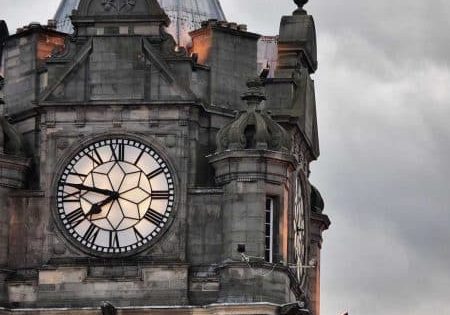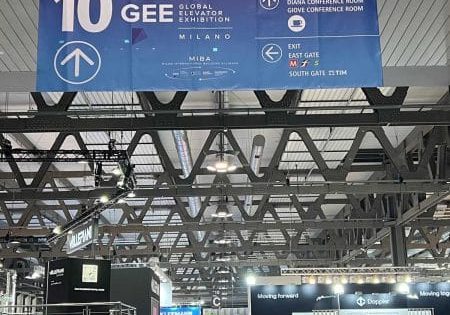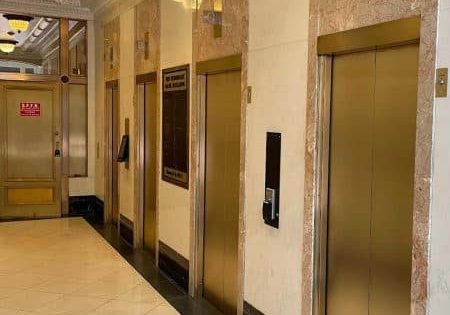The ITC draft under examination was discussed.
The text of the future Complementary Technical Instruction (ITC) that provides for the update of the mandatory measures related to inspection, maintenance and safety in existing elevators in Spain was analyzed in all its terms by the Legislation and Regulations Commission of the Spanish Elevator Business Federation (FEEDA) at the celebration of its sixth Annual Conference of the Elevation Sector on November 29, 2023.
The Hyatt Regency Hesperia Madrid Hotel hosted this technical event, which was a great success judging from the quality of the exhibitions and the high attendance by the public and companies collaborating with the organization.
The day began with a few words from FEEDA President Antonio Pérez, who referred to the famous ITC as:
“A time machine that is capable of bringing back that immense park of elevators, the largest in Europe, from the 1960s, 1970s and 1980s until 2024. It will allow us to update the park and give society a much safer and technologically more appropriate and ecological vehicle.”
Pérez concluded by highlighting the immense work carried out by the colleagues of the Legislation and Regulations Commission who have dedicated a lot of time to analyzing the ITC text that will be published in 2024.
José Manuel Prieto, deputy director general of Industrial Quality, intervened on behalf of the Ministry of Industry, highlighting the “strong and proactive” role of FEEDA in the elevator industrial sector to achieve “fairly sensible regulations.” In relation to the expected approval of the ITC, he commented that the process must still go through the General Commission of Secretaries and Undersecretaries, as well as the Council of Ministers. “It is foreseeable that it will be very soon since the administrative procedure is practically ready for submission,” Prieto said. He anticipates with some caution that its publication will take place during the first half of 2024.
Prieto praised the relevance of this industrial sector, highlighting the number of more than 1 million elevators installed, annual renovations between complete replacements and installation in existing buildings of more than 5,500 pieces of equipment and more than 10,000 installations in new construction.
“We are talking about vertical mobility that is increasingly safer and self-sufficient,” said Prieto. Thus, he noted that, in 2022, there were 273 accidents, of which 76 were in assembly, 192 in maintenance, five serious accidents and one death (source FEEDA). Regarding user safety during that same year, Prieto reported 80 accidents caused by poor leveling of the cabin, falling decorative elements, abrupt stops, improper use or failure of the opening and closing system, lack of protection or entrapment of pets.
Prieto concluded his speech, pointing out that “the ITC is something that we all need, which improves safety and allows the sector to remain competitive,” and added that this standard aims to “clearly establish what inspections are minimum maintenance standards uniformly throughout the State without losing workers in the facilities.”
José Carlos Frechilla, general director of FEEDA, gave a brief review of the evolution of the elevator from 1848 to the present day:
“In the second industrial revolution, the needs were very different from what society had required up to that point. At the end of the 19th century, what was sought was productivity, ways of doing things and, above all, meeting industrial needs to which the elevator was perfectly adapted.”
Speaking of Spain, he referred to the first Ministerial Order of 1944 that determined the installation of an elevator based on a series of mandatory requirements for buildings of a certain height. This order was the precursor of the basic building standard (NBE), which later became the Technical Building Code (CTE).
Frechilla concluded that, in Spain:
“There are more than a million elevators that have crept into our lives through different generations while there are other elements that have also done so from one day to the next, but abruptly and in greater numbers such as smartphones. We have all wondered what would happen if we didn’t have the telephone, but what would happen if those million elevators stopped working?”
The first of the speakers of the day was Isabel Linares, business manager of Industry and Equipment of the Spanish Association of Standardization (UNE), who, under the title “The Importance of Standardization,” pointed out that among the most relevant objectives of said association is:
“That of promoting market unity through the use of compliance with technical standards in collaboration with public administrations. It is what we today call a successful public-private collaboration model because compliance with technical standards truly provides credibility in the markets, drives industrialization and constitutes a guarantee for consumers. In short, the rules provide knowledge to anticipate future events.”
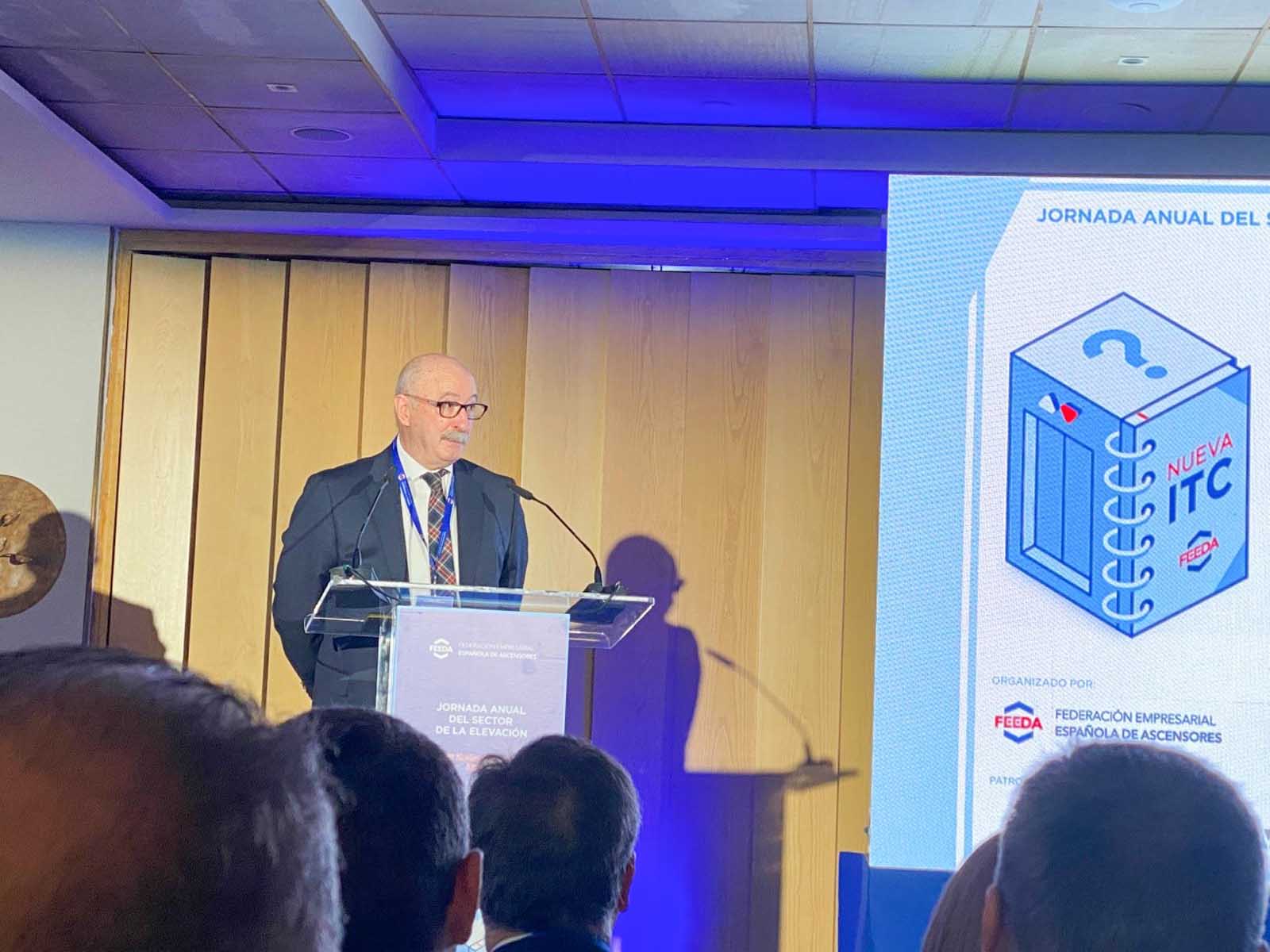

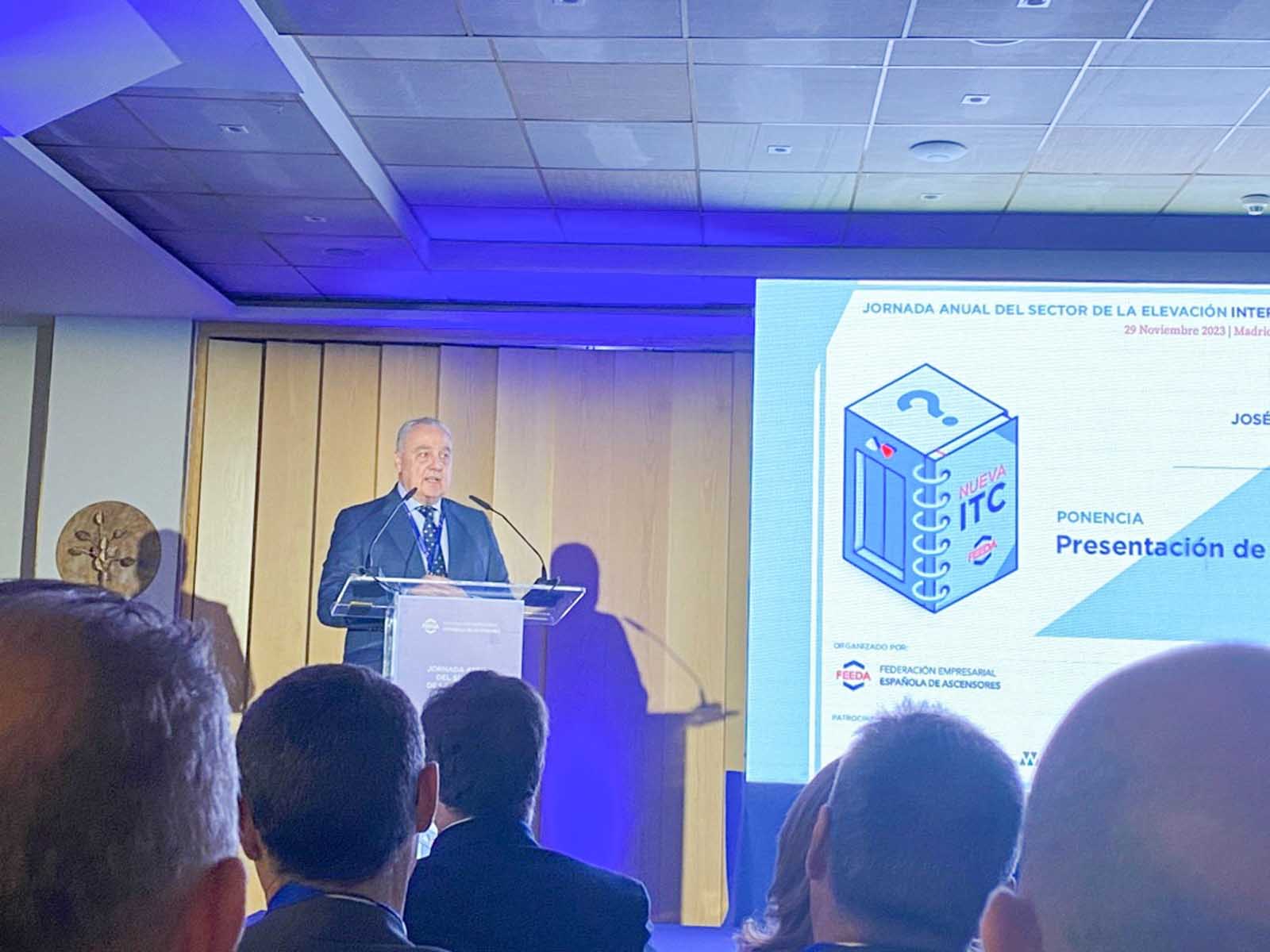


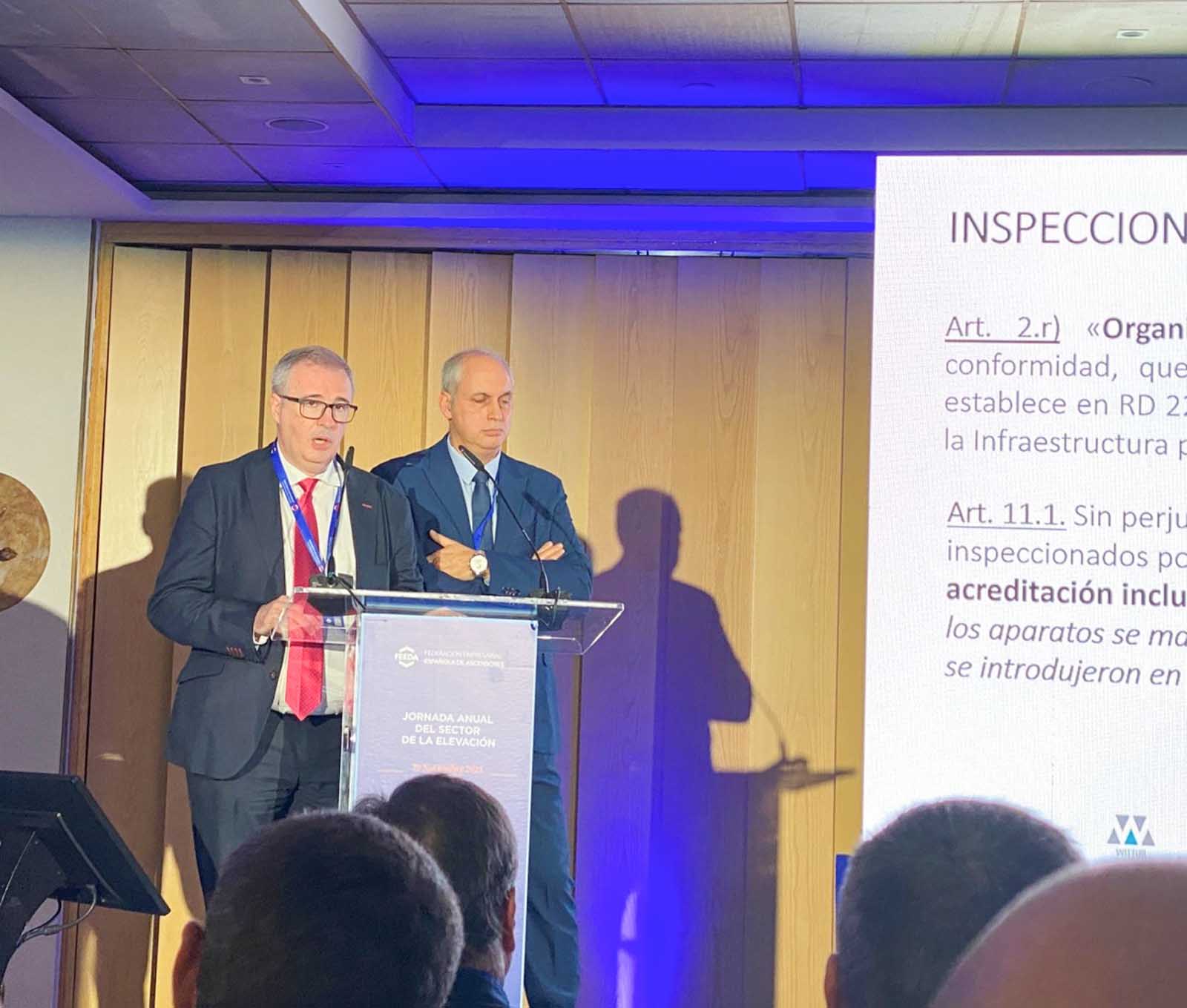
Thus, she highlighted, among the new features of the ITC, the treatment of higher risk machines, the definition and treatment of substantial modifications, the format of instructions and the review of Safety Risks and emerging risks. These are among contributions of the UNE to address the additional challenges of the sector. Linares commented that “design, construction, installation, maintenance and inspection could be considered the major processes of the value chain for elevators, escalators and moving walks. For all of them, technical standards have always been our most faithful ally.”
Linares thanked the contributions made by the sector’s interest groups, whom she invited to “continue participating” in European and international standardization in areas that today constitute authentic “challenges” such as ESG (environmental, social and governance) criteria and digital transformation (Internet of Things (IoT), cybersecurity and accessibility).
Next, José María Obis, president of the Legislation and Regulations Commission of FEEDA, described the work carried out by the federation team as “extraordinary” and pointed out that the future ITC is pending two steps before its publication in the BOE (Boletín Oficial del Estado): the Delegate Commission for Economic Affairs and the General Commission of Undersecretaries and Secretaries.
He also structured the ITC into four pillars: maintenance that seeks to harmonize safety in all existing elevators from a preventive point of view; inspections with the purpose of complying with current legislation regarding the Elevators Directive and the Machine Equipment Directive; major modifications regarding changes to existing equipment that are not considered a simple repair; and finally, guaranteeing the safety of workers and users.
In the Inspections section, Andrés Taboas, member of the FEEDA Legislation and Regulation Commission, and José Flórez, head of the Mechanical Area of the FEDAOC Technical Committee, presented jointly. They pointed out:
“The legislation that regulates elevator inspections in Spain is not unified and is the responsibility of the Autonomous Communities. Although the new ITC provides the UNE 192008 standard as a reference, it may be followed with other inspection protocols.”
Taboas stated that the inspection constitutes a very important section of the ITC because “it will highlight the importance of regulation and the commitment that we have as conservatives to comply with the regulation, but also the owners of the elevators.” In this regard, he highlighted a novelty that can be the cause of “many problems” regarding the expiration of the three-month period for the inspection of equipment because “if this has not occurred, the new ITC states that the conservative company must leave the elevator 24 h out of service.”
José Flórez, head of the Mechanical Area of the FEDAOC Technical Committee, commented among the significant changes in the periodic inspections that “the notified body has to communicate to the competent administration one week in advance that this periodic inspection is going to be carried out. Therefore, inspection ratings become vitally important.”
Anabel Rodríguez, member of the FEEDA Legislation and Regulation Commission, focused on elevator maintenance news that the new ITC will include. She stated that “finally, the ITC draft explicitly names the responsibilities of the owner because we believe that, in this sector, the owner is excessively protected and supervised.” Among the main legal changes, Rodríguez commented:
“The cost of the conservative company’s liability insurance is doubled, surely to cover certain contingencies; Maintenance can be subcontracted, but not 100%, although it does not specify a minimum. The maintainer has the responsibility of paralyzing the elevator if the client has not complied with the inspection obligation, which will have to be fully covered through a report.”
Regarding maintenance plans, Rodríguez highlighted standard 58720 that was established among the entire sector:
“This standard was a preliminary because now they are going to force us to ensure that all our maintenance plans are adapted and comply with this standard, which in Annex A is minimum. What is intended is that we all carry out the same maintenance under the same conditions. The liberalization of the sector will ensure that some do more than others, but we will not be able to skip the types of actions or the frequencies established by standard 58720, and this must also be combined with our procedures and the deadlines for monthly reviews established by the ITC.”
Félix de la Heras, member of the FEEDA Legislation and Regulations Commission, intervened to explain the important legal modifications, as well as their execution and conformity, exposing the current and future texts for a greater understanding of this section of the ITC.
The last presentation was given by Carlos Jiménez, member of the Legislation and Regulation Commission of FEEDA, whose topic was on increasing the safety of existing elevators (ISAE) relative to Annex VII of the ITC draft. He thus commented that there is a portfolio of more than 4,000 elevators that have been in service for more than 30 years that need updating. Thus, among the necessary adaptation measures, he referred to related actions of efficient leveling; user protection against door closing; protection against uncontrolled upward movements in the cabin; replacement of guides, two-way communication in the cabin; load control devices; and the counterweight, as well as security measures derived from previous legislation. Jiménez said, all of them are:
“Safety measures that the new elevators already have and that will be incorporated into the old existing park, as the Mandatory Periodic inspections are carried out, independently of the regulations that served as the basis for the installation of elevators with a speed greater than 0.15 m/s.”
The day closed with the presentation of the first Recognition Trophy to Fidel Romero Salord, social and cultural anthropologist, industrial technical engineer and graduate in religious sciences, for his performance in the area of development, teaching and social intervention at a private and institutional level. This award recognizes “Fidel’s unwavering commitment and his continued support for the sector,” according to FEEDA.

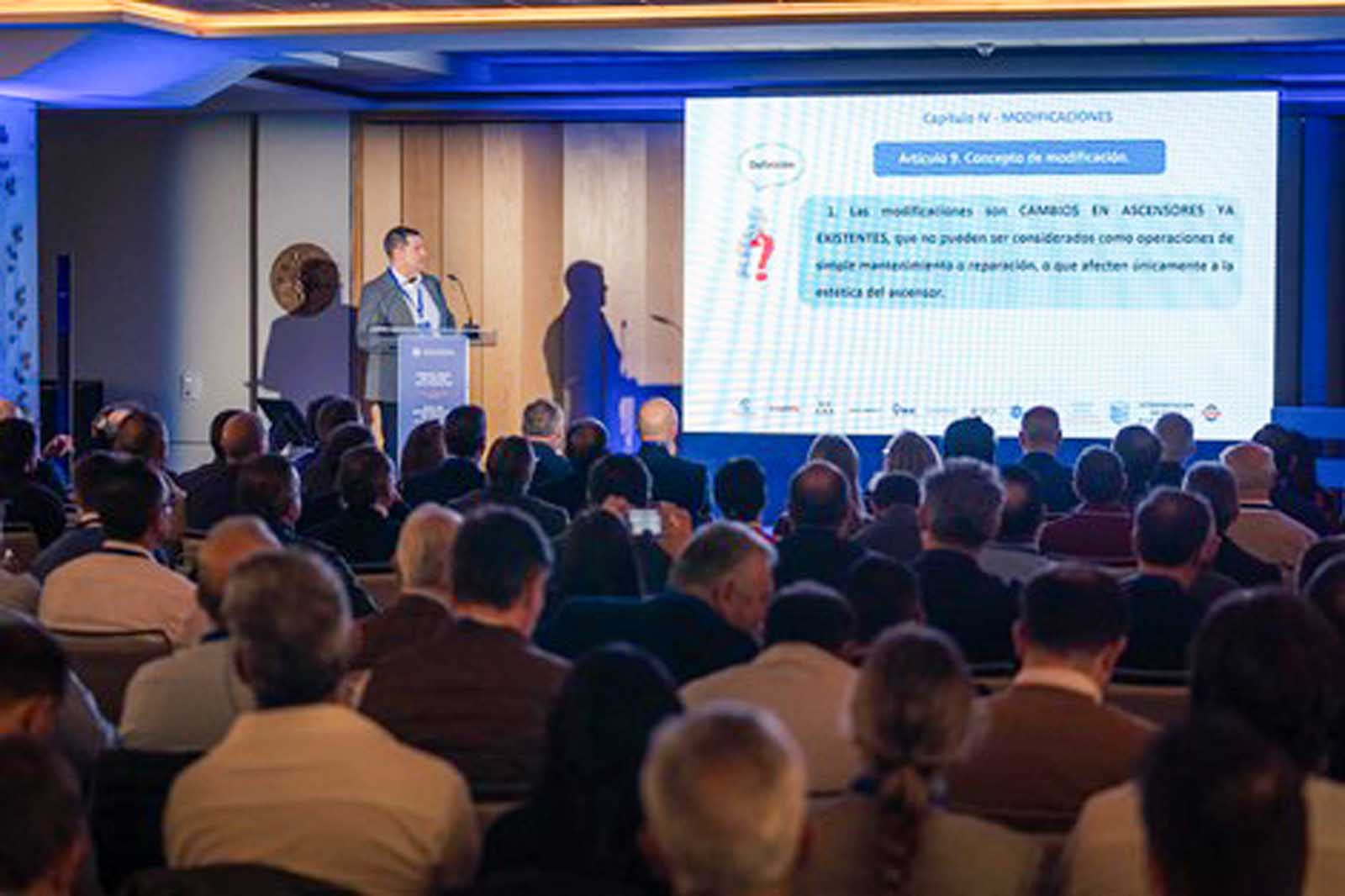

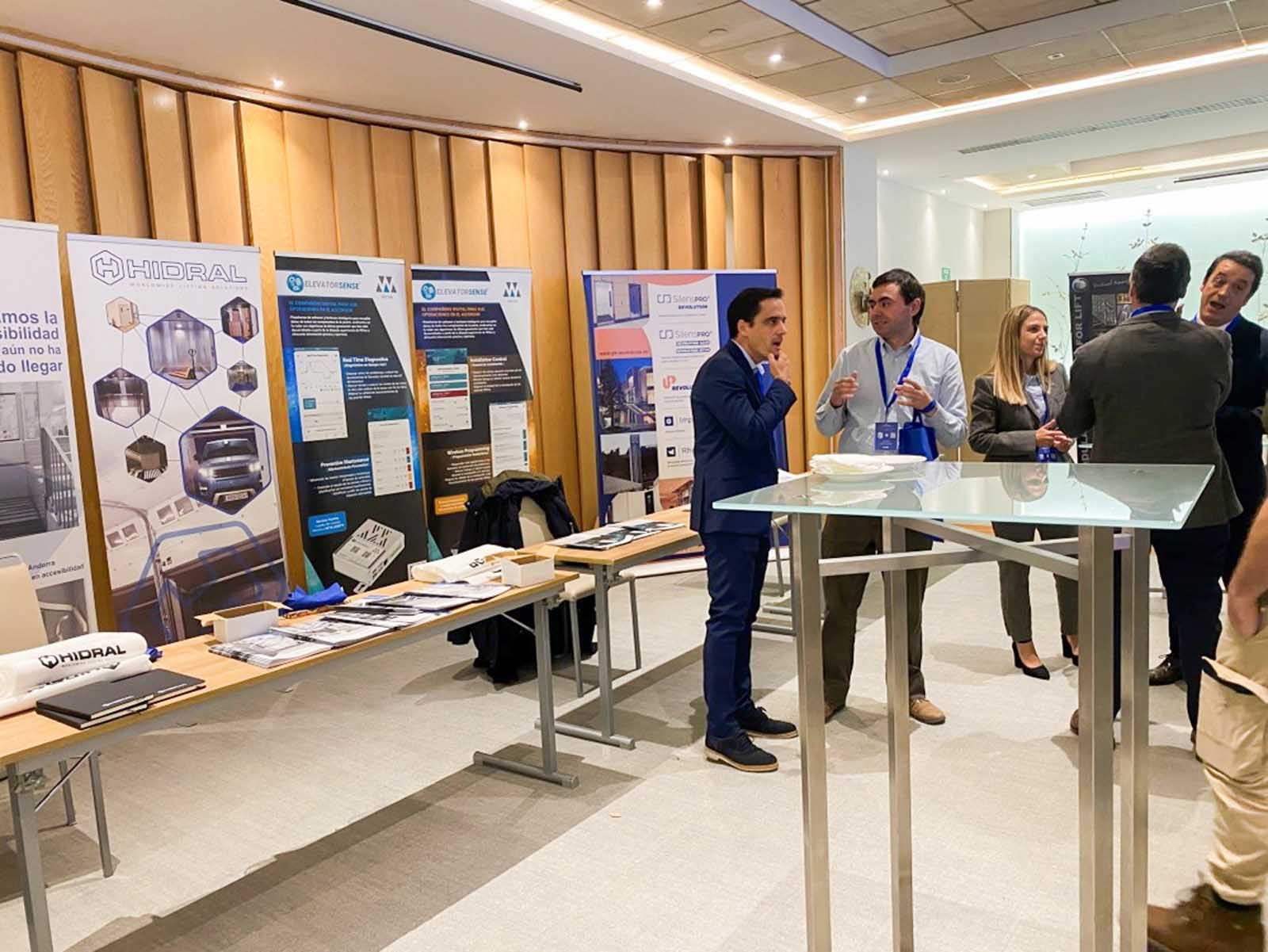
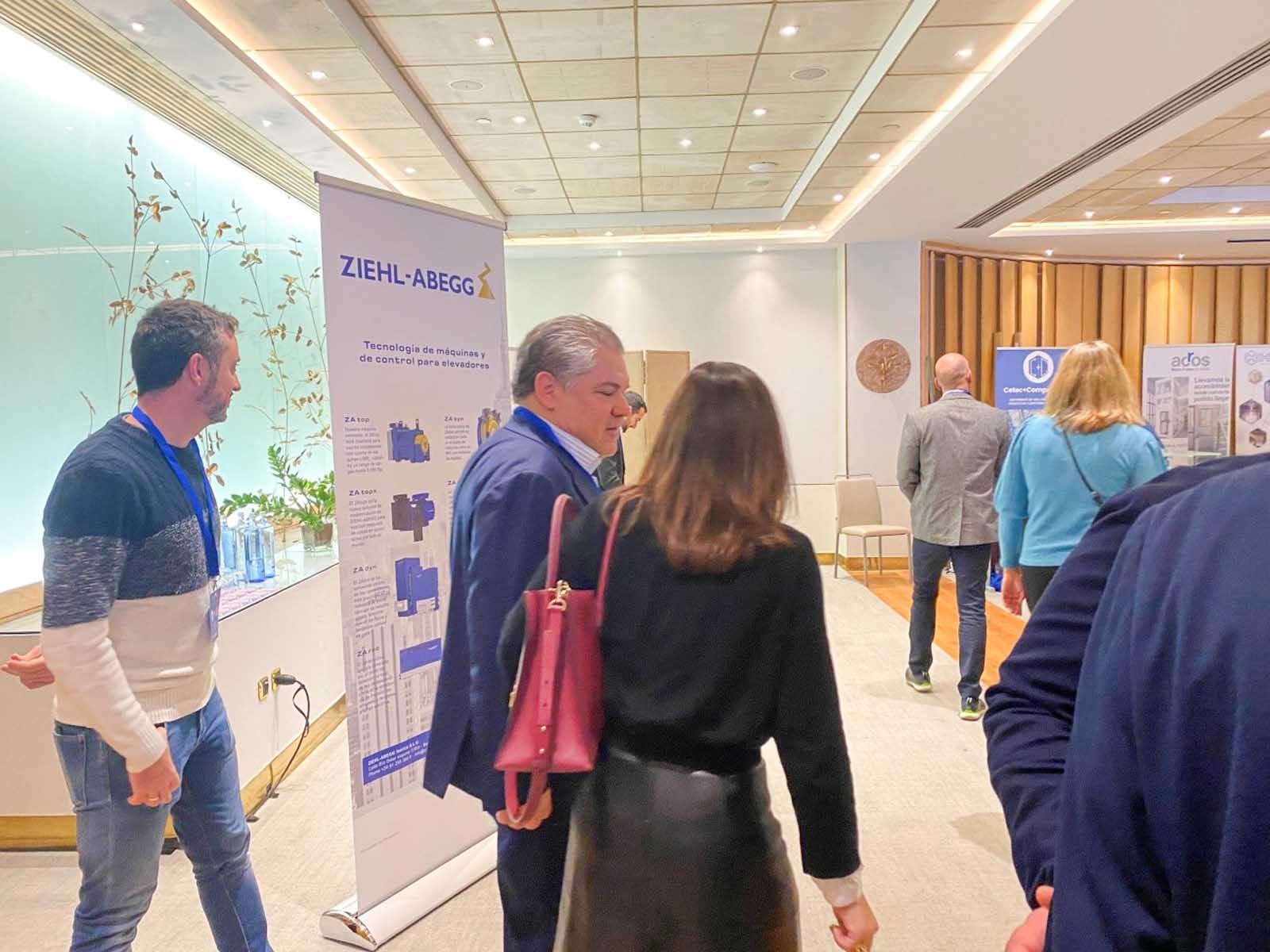
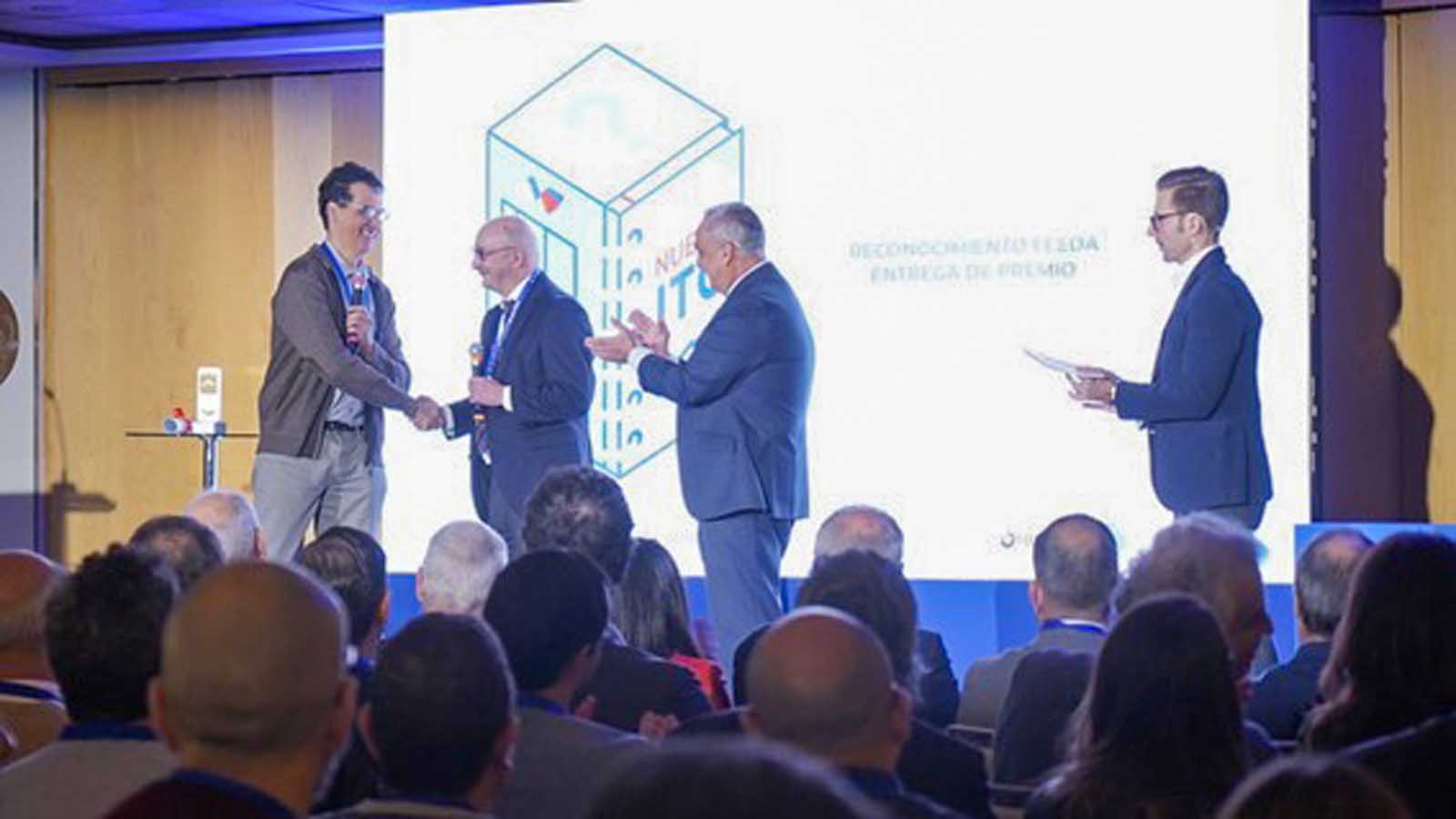

Get more of Elevator World. Sign up for our free e-newsletter.





